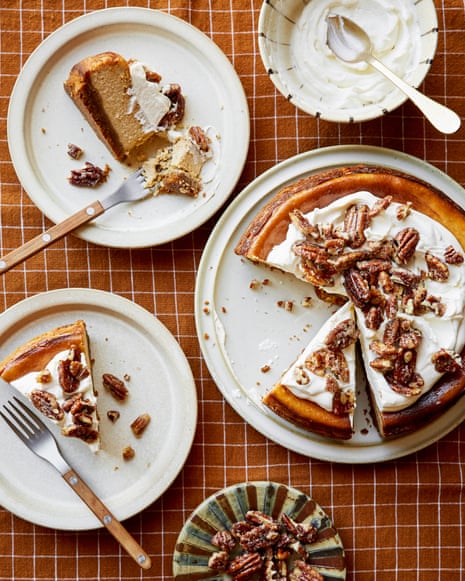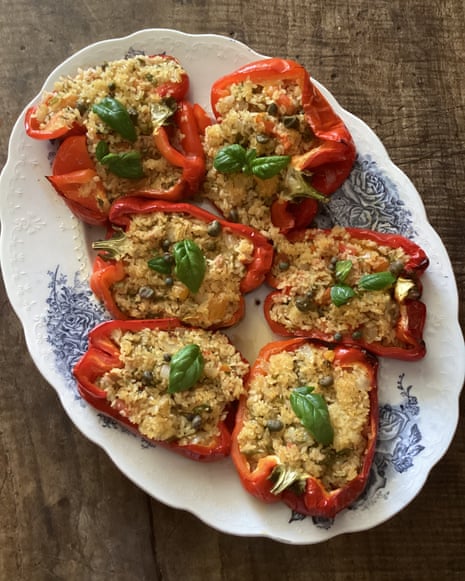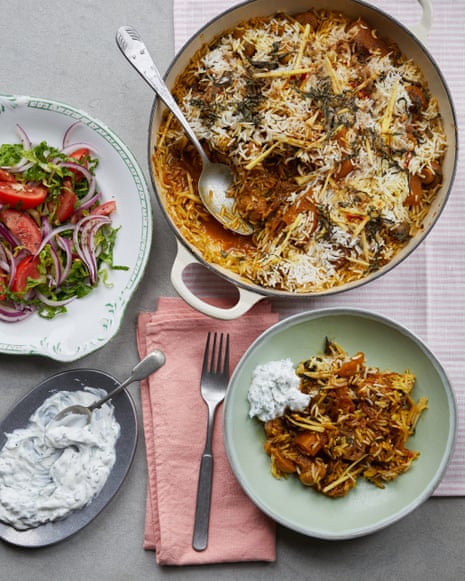Smooth, warming, and decadently spiced, this pumpkin cheesecake infuses the rich essence of West African harvests into every bite. With a velvety filling and a glaze of golden maple pecan brittle, it reimagines the familiar flavours of pumpkin, butternut, and Kent squash with a uniquely local twist. Pumpkin-based treats have long held a special place in Nigerian and Ghanaian kitchens, especially during festivities and family gatherings fueled by the season’s bounty.
Pumpkin cheesecake with maple pecan brittle
While many recipes abroad resort to canned pumpkin, experienced cooks in Nigeria and much of West Africa know that fresh, local squash—be it butternut, Kent, or native pumpkin—delivers a richer taste and denser texture. Roasting these squashes, as suggested by culinary experts such as Lagos chef Feyi Adebajo, brings an extra sweetness and depth to the puree, removing excess moisture common in imported tinned varieties. In Nigerian homes, this technique recalls traditional methods of intensifying flavours, ensuring each celebration dish stands out.
Ingredients and Preparation
To make about 200g of pumpkin puree—which gives the cheesecake that characteristic soft and fragrant orange hue—chop roughly 350-400g of peeled, deseeded pumpkin or squash into sizeable chunks. Roast these at 200°C (180°C with fan)/390°F/gas mark 6, covered loosely, until the pieces are tender but not browned (usually 25–35 minutes). Then, blend to a silky-smooth consistency using a high-powered blender or food processor.
Preparation: 10 minutes
Cooking: 1 hour 45 minutes
Cooling: 1 hour
Chilling (minimum): 6 hours+
Serves: 8–10
- For the base:
- 200g ginger nut biscuits (or substitute with locally available ginger cookies or digestive biscuits for more affordable options)
- 70g unsalted butter, melted (with extra for greasing the tin)
- ⅛ teaspoon fine sea salt
- For the filling:
- 500g cream cheese (tip: Nigerian brands or blends work well; ensure it’s brought to room temperature for easy mixing)
- 150g fine caster sugar
- Finely grated zest of one orange (Abuja-based chef Audu Mohammed suggests local oranges for extra-fragrant zest)
- 200g homemade pumpkin or squash puree
- 2 teaspoons cornflour (cornstarch)
- ¾ teaspoon ground cinnamon
- ½ teaspoon ground ginger
- ¼ teaspoon ground nutmeg
- ⅛ teaspoon ground cloves
- 2 large eggs, at room temperature
- 100ml soured cream (plain Greek yoghurt or a dash of freshly squeezed lemon into regular cream can substitute)
- 1 teaspoon vanilla extract
- For the maple pecan brittle topping:
- 2 tablespoons maple syrup (if not available, Nigerian honey can substitute for a different but equally delicious twist)
- 1 tablespoon caster sugar
- 90g pecans, roughly chopped (or try West African cashews for a local nutty crunch)
- Large pinch of flaky sea salt
- 150ml double cream (for those unable to find double cream locally, thick, un-whipped local cream works in a pinch)
Baking Process: Step-By-Step
1. Making the base: Preheat your oven to 185°C (165°C fan)/365°F/gas 4½. Grease the bottom and sides of a 20cm round springform tin with melted butter. In a food processor, blitz the ginger biscuits until finely crumbed. Combine these crumbs in a bowl with the melted butter and salt, mixing until all is evenly coated. Tip into the tin and press firmly to form a compact base. Bake for 10 minutes, then cool.
2. Mixing the filling: Lower the oven temperature to 175°C (155°C fan)/355°F/gas 3¼. Using a mixer, beat cream cheese, caster sugar, and orange zest on medium-low speed until smooth (about 30 seconds should do). Add your pumpkin puree, cornflour, and all the spices, blending gently. Crack in the eggs one by one, mixing well each time, then pour in the soured cream and vanilla, mixing until fully incorporated and silky.
3. Bake and set: Pour the spiced pumpkin mixture onto your cooled base, spreading evenly with a spatula. Tap the tin gently on your counter to remove any trapped air, a trick that ensures even texture. Bake for 45 minutes in the oven’s centre shelf—when ready, the sides will be set while the middle remains slightly wobbly. Turn off the oven, leave the door ajar, and rest the cheesecake inside for an hour to help prevent cracks. Once cooled to room temperature, transfer to the fridge to chill for a minimum of six hours, or up to three days if prepared in advance.
Adding the Nutty Crunch: Maple Pecan Brittle
Maple pecan brittle takes this dessert to another level, offering a crisp counterpoint to the cheesecake’s softness. If pecans or maple syrup are hard to find, Nigerian cashews or honey deliver a wonderful local variation, as suggested by Abuja-based food entrepreneur Ifeoma Uche. To prepare, heat your oven to 210°C (190°C fan)/410°F/gas 6½ and line a small tray with parchment paper. In a saucepan, gently heat the maple syrup and sugar to dissolve. Mix in chopped pecans or cashews and flaky salt, then transfer onto the lined tray. Bake until golden and bubbly—about eight minutes. Cool until solid, then crack into jagged, rustic shards. Store in the freezer in an airtight container for up to three days, ready to crown your cheesecake at serving time.
Rooting the Recipe in Nigerian, Ghanaian, and West African Context
Pumpkin and squash-based desserts may not always take centre stage in traditional West African celebrations, where yams, plantains, and cocoyams frequently rule. However, experimental cooks across Lagos, Accra, and Dakar are increasingly blending traditional ingredients with continental techniques. According to culinary historian Chinyere Obi (University of Lagos), “these recipes highlight how African kitchens are reclaiming and adapting festive desserts to include the region’s nutritious crops.”
Locally sourced nuts—whether cashew from Kogi, groundnut from Kano, or imported pecan—can be added for nuance and nutritional value. The use of ginger, cinnamon, and nutmeg mirrors the familiar flavour profiles of festive chin chin, meat pies, or zobo, making the cheesecake an easy fit for end-of-year festivities, Ramadan, or Christmas celebrations.
Local Variations, Substitutions, and Serving Tips
- Biscuits: If ginger nuts are unavailable, try local coconut or plantain biscuits for the base.
- Cream Cheese: Blending a soft local cheese with thick yoghurt provides a passable—and distinctly Nigerian—substitute.
- Nuts: Cashews deliver excellent results if pecans are out of reach, while peanuts would give an even stronger West African punch.
- Maple Syrup: Honey from Ogbomoso or Nsukka brings a unique floral note that’s worth exploring.
- Serving: Serve chilled, with the brittle added just before presentation to preserve its crunch. For extra indulgence, drizzle with warmed honey or a handful of fresh coconut shavings.
The Global and Local Movement Toward Creative Desserts
As West African households and restaurants become more adventurous with fusion cuisine, cheesecakes and pumpkin-based sweets are joining menus from Lagos to London. According to chef Mayowa Onitiri (June 2023, Abuja Food Fest), young Nigerians are “embracing bold, international desserts, especially those that champion Nigerian ingredients.” This cheesecake offers a pathway for home cooks and caterers to showcase local produce in globally recognised formats.
The dessert’s ease of assembly and flexible ingredient list means it can be adapted for just about any occasion. Whether enjoyed at a family reunion, a festive meal, or a special treat at a restaurant, it exemplifies the creativity and adaptability of African cuisine.
Challenges, Alternatives, and What’s Next for Nigerian Dessert Trends
Some cooks face hurdles sourcing cream cheese and pecans at affordable prices. Leading Lagos caterer Bisi Ogundipe notes that price fluctuations and import costs sometimes put certain ingredients out of reach. However, “using what you have is at the heart of Nigerian cooking—so try different squash, local nuts, or yogurt-based fillings to make it work for your table.”
There’s also a growing call for desserts that rely less on imported ingredients and more on what’s thriving in local farms and urban gardens. Experimentation is driving a new chapter in Nigerian and Ghanaian culinary innovation—one that’s as tasty as it is sustainable.
Final Thoughts
Pumpkin cheesecake with maple pecan brittle (or their West African alternatives) brings together tradition and modern culinary exploration. It provides a warm, spiced, and joyous flavour that resonates whether you’re in Lagos, Accra, or abroad, eager for a dessert that tells a story with every bite.
How do you enjoy adapting international recipes with Nigerian or African twists? Have you tried your own version of this pumpkin cheesecake, or do you have unique tips for local substitutions? Share your experiences in the comments, and let’s keep inspiring each other with our creative culinary journeys.
We’d love to see your cooking results and family twists! Have your own recipe, food adventure, or special occasion dish to share or sell? Get it featured—email us at story@nowahalazone.com. For food tips or to send in your food story, use the same contact.
Follow us for more kitchen inspiration and Nigerian recipe ideas on Facebook, X (Twitter), and Instagram.
What’s your twist on this recipe? Leave a comment below, and don’t forget to check out other readers’ creations and stories!










